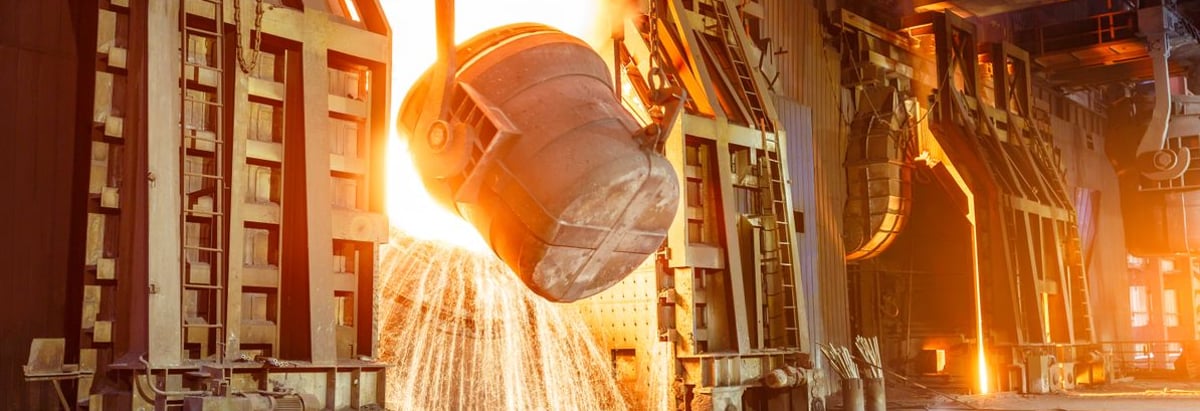
What's the value?
I'm using the 2-stage growth model, which simply means we take in account two stages of company's growth. In the initial period the company may have a higher growth rate and the second stage is usually assumed to have perpetual stable growth rate. To begin with we have to get estimates of the next five years of cash flows. Where possible I use analyst estimates, but when these aren't available I have extrapolated the previous free cash flow (FCF) from the year before. For this growth rate I used the average annual growth rate over the past five years, but capped at a reasonable level. I then discount this to its value today and sum up the total to get the present value of these cash flows.
5-year cash flow estimate
| 2018 | 2019 | 2020 | 2021 | 2022 | |
| Levered FCF ($, Millions) | $1.44k | $1.11k | $1.09k | $1.16k | $1.00k |
| Source | Analyst x6 | Analyst x6 | Analyst x5 | Analyst x1 | Extrapolated @ (-13.59%) |
| Present Value Discounted @ 12.56% | $1.28k | $876.16 | $761.88 | $722.12 | $554.36 |
Present Value of 5-year Cash Flow (PVCF)= UK£4.19b
After calculating the present value of future cash flows in the intial 5-year period we need to calculate the Terminal Value, which accounts for all the future cash flows beyond the first stage. For a number of reasons a very conservative growth rate is used that cannot exceed that of the GDP. In this case I have used the 10-year government bond rate (1.4%). In the same way as with the 5-year 'growth' period, we discount this to today's value at a cost of equity of 12.6%.
Terminal Value (TV) = FCF2022 × (1 + g) ÷ (r – g) = UK£1.00b × (1 + 1.4%) ÷ (12.6% – 1.4%) = UK£9.10b
Present Value of Terminal Value (PVTV) = TV / (1 + r)5 = UK£9.10b ÷ ( 1 + 12.6%)5 = UK£5.04b
The total value, or equity value, is then the sum of the present value of the cash flows, which in this case is UK£9.23b. The last step is to then divide the equity value by the number of shares outstanding. If the stock is an depositary receipt (represents a specified number of shares in a foreign corporation) then we use the equivalent number. This results in an intrinsic value in the company’s reported currency of $6.56. However, EVR’s primary listing is in Russia, and 1 share of EVR in USD represents 0.759 ( USD/ GBP) share of LSE:EVR, so the intrinsic value per share in GBP is £4.97. Relative to the current share price of £5.38, the stock is fair value, maybe slightly overvalued and not available at a discount at this time.

Important assumptions
I'd like to point out that the most important inputs to a discounted cash flow are the discount rate and of course the actual cash flows. If you don't agree with my result, have a go at the calculation yourself and play with the assumptions. Because we are looking at EVRAZ as potential shareholders, the cost of equity is used as the discount rate, rather than the cost of capital (or weighed average cost of capital, WACC) which accounts for debt. In this calculation I've used 12.6%, which is based on a levered beta of 1.297. This is derived from the Bottom-Up Beta method based on comparable companies, with an imposed limit between 0.8 and 2.0, which is a reasonable range for a stable business.
Next Steps:
Although the valuation of a company is important, it shouldn’t be the only metric you look at when researching a company. For EVR, I've compiled three relevant aspects you should look at:
- Financial Health: Does EVR have a healthy balance sheet? Take a look at our free balance sheet analysis with six simple checks on key factors like leverage and risk.
- Future Earnings: How does EVR's growth rate compare to its peers and the wider market? Dig deeper into the analyst consensus number for the upcoming years by interacting with our free analyst growth expectation chart.
- Other High Quality Alternatives: Are there other high quality stocks you could be holding instead of EVR? Explore our interactive list of high quality stocks to get an idea of what else is out there you may be missing!
PS. The Simply Wall St app conducts a discounted cash flow for every stock on the LON every 6 hours. If you want to find the calculation for other stocks just search here.
Valuation is complex, but we're here to simplify it.
Discover if EVRAZ might be undervalued or overvalued with our detailed analysis, featuring fair value estimates, potential risks, dividends, insider trades, and its financial condition.
Access Free AnalysisHave feedback on this article? Concerned about the content? Get in touch with us directly. Alternatively, email editorial-team@simplywallst.com
Simply Wall St analyst Simply Wall St and Simply Wall St have no position in any of the companies mentioned. This article is general in nature. We provide commentary based on historical data and analyst forecasts only using an unbiased methodology and our articles are not intended to be financial advice. It does not constitute a recommendation to buy or sell any stock and does not take account of your objectives, or your financial situation. We aim to bring you long-term focused analysis driven by fundamental data. Note that our analysis may not factor in the latest price-sensitive company announcements or qualitative material.
About LSE:EVR
EVRAZ
EVRAZ plc, together with its subsidiaries, engages in the production and distribution of steel and related products in Russia, the Americas, Asia, Europe, CIS, Africa, and internationally.
Undervalued with excellent balance sheet.
Similar Companies
Market Insights
Community Narratives





